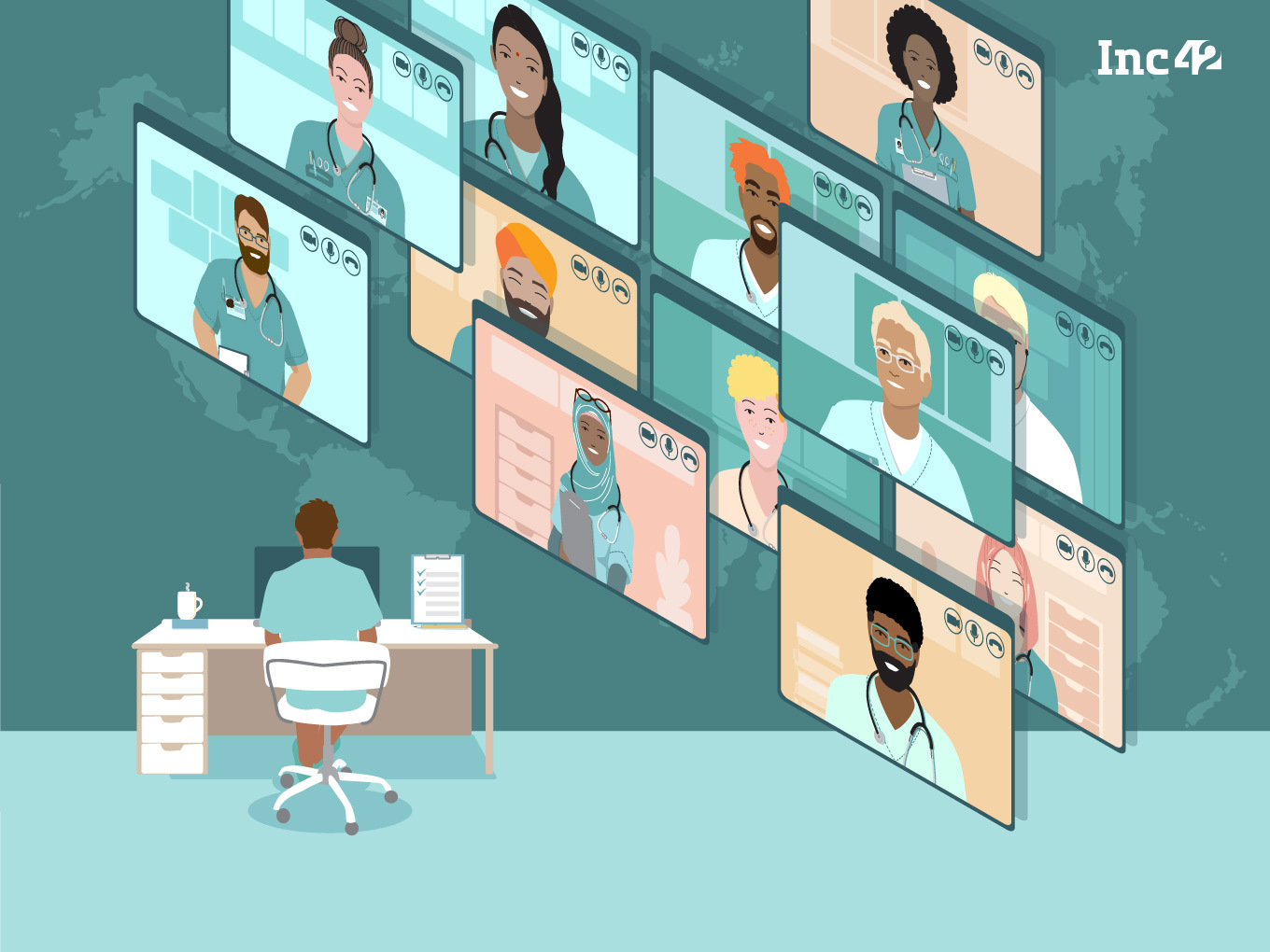SUMMARY
This playbook is for employers to take care of their employees during the Covid-19 second wave
In this time of Covid-19, employees and families are deeply affected. There is a huge shortage and requests for medical supplies, oxygen, hospital beds
Based on our experiences of managing a team of 900 at Cleartax, we have built this playbook to help more companies build forces to help teams fight Covid-19
In this time of Covid-19, employees and families are deeply affected. There is a huge shortage and requests for:
- Hospital Beds, Oxygen beds and ICU beds
- Oxygen
- Medicines (Remdesivir and others)
- RT/PCR kits
- Additionally oxygen equipped ambulances etc
In this playbook, I have tried to compile key action points as well as steps that could be undertaken by founders/employers for building an in-house Covid-19 task force to help their employees in this second wave of Covid-19. The key components include:
- A group of folks dedicated to supporting the team i.e. A Task Force
- A WhatsApp Group used for round the clock communication, information, call for help etc.
Why This Playbook?
- This playbook is based on our (Cleartax) experience (900 headcount organisation) and other similar sized startups and companies
- The task force and playbook have created significant value by helping families in distress in times of need and cutting response times.
- The goal of the task force and WhatsApp group is to provide tribal knowledge, best practices for the city/region and most recent information to the employees as fast as possible.
1. Who All Should Be Part Of Covid-19 Task Force?
- Head of Admin (full-time)
- Head of HR (part-time)
- Head of Finance (part-time)
- All the admin team and a few full-time volunteers from within the org, who are not affected directly or indirectly by covid19
- Leaders of the company should join the task force
We discovered that the ideal leader of the task force is the head of Admin (full-time is a must).
2. Activate WhatsApp Group
- The first step is to build a WhatsApp group where you need to add people who are part of the Covid-19 task force as well as employees.
If your organisation is very large and one WhatsApp group does not work:
-
- Initially, we thought of creating one giant telegram group. However, we discovered that very large groups become difficult to manage.
- The limit of 250 is a good thing, create more groups rather than one giant telegram group
- Regional groups (Delhi NCR / Bengaluru / etc) are a good idea as resources are specific to a local city/region.
The group will be joined by employees affected by Covid-19 as well as good samaritans in the organisation
- Imparting information & resources on beds, medicines timely
-
- The goal of the task force and WhatApp group is to provide tribal knowledge, best practices for the city/region and most recent information to the employees as fast as possible.
- Multiple employees in a region are looking for resources when they find something they share back with the group.
- If a stale resource is shared in the group, another employee who has recently confirmed stock-out will quickly stop other employees from wasting time.What do I mean by best practices for the city?
- Every city has a local dynamic in the shortage scenario. The playbooks are changing day by day, minute by minute, location by location. By the time someone can document the playbook it is stale.
- This is a game of tribal knowledge and fast-moving information sharing.
- For example: In the case of Bengaluru, the Municipality recently changed its policy. 50% of all beds are allocated centrally via the municipality call centre. They need positive RT/PCR and SPO2 levels, and a bunch of specific information.
- If the employee provides all this data, they get into the queue for the beds.
- For the other 50% of beds, they have to continue to call hospitals directly.
- The task force has deep clarity on what playbook is working, what playbook has stopped working. It will save precious time for all involved.
- The task force has validated phone numbers, where to WhatsApp vs where to call.
The group is a powerful entity. They rapidly turn into a force of nature in providing help.
-
-
-
- There is deep grief all around: Volunteers in the group are providing consolation, help, time and resources to those affected.
- Everyone is going above the call of duty to help out no matter what.
- The group does a lot of jugaad and tries to reach out within their sphere of influence, reference networks.
- People in the group are hitting their reference networks, trying to influence in whatever way to get help for those affected.
- This point I’m almost afraid to write about (privilege concerns). There are moral dilemmas here that I cannot address. But this is the ground reality.
-
-
3. Key Action Points
- Upstream Efforts (at early phases)
- Downstream Efforts
- Validated Contact lists of pharmacies
- Validated Contact lists of Hospitals
- Validated Contact lists of O2 suppliers
- Validated Contact lists of Ambulance providers
4. Templates For Maintaining Information

5. Questions You Might Have!
Q: There is a wide shortage at a country level and systemic failure. What can the Covid-19 task force do?
A: The task force will do wonders. It has positively surprised me. We, humans, come together very powerfully in times of crisis and somehow find solutions. You will be surprised how much the task force will achieve. Many times there will be no answers, but everyone will keep at it.
Q: How much time to devote to this?
A: A few full-time volunteers is crucial. Make sure the volunteers and their families are healthy. Offer rotation to anyone who gets affected by covid19.
Q: Employees will reach out to not just their families but friends, very extended families etc. How to think about this?
A: This is a non-concern. Just help out.
6. Thoughts From The Ecosystem
- The ground reality is that when an employee is in an emergency and under panic, they need to talk to one person, who can provide a solution, not redirect them to another number, another site, another group. We have set up a 24×7 helpline, staffed by HR volunteers, who are equipped with real-time information of availability of resources, beds, oxygen, medical history etc, updated by Admin staff on the ground. We are also looking at realities such as financial assistance and awareness of benefits such as insurance etc, so a resource site has been created. Vaccination drives, time-off for caretakers and self-care, access to emergency financial assistance can also be mobilised, which has worked well for us.We have also introduced vaccination leave to encourages employees to take rest / not ignore any side effect. Also this way they can get vaccination on a weekday & not postpone to a weekend.
- Another important aspect is mental well-being and physical well-being. So we have mobilised a wellness partner, to take care of medical consultations for those facing ailments, and provide counselling sessions for those facing signs of stress, strain or just feeling overwhelmed by the situation. We have extended this for the employee’s family as well: 24*7 counselling support, meditation app etc.
- We also recommend having a dedicated, specific COVID insurance policy. This will act as a good supplement for your existing medi-claim policy, and shall also help with a large set of employees + loved ones, who are on home quarantine. Look for a policy that allows you to use sum insured for both hospitalization AND home quarantine cover. Some insurers offering such products are GoDigit and New India.
- The focus of volunteers who work on the task force should be the resolution, not the closure of the issue.
Thanks to Nishant Gupta (BCG), Khushboo (zest) for reviewing drafts of this and providing feedback.
I want to thank our admin head, Jayesh for consistently going above and beyond for helping out our employees.
[This post by Archit Gupta appeared first on LinkedIn and has been reproduced with permission.]




























